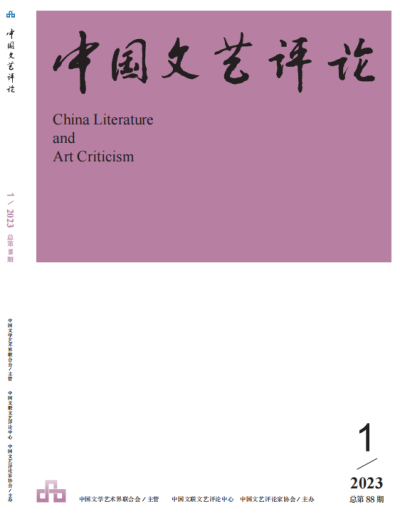
Special Topics: Perceptions and Thoughts on Literary and Artistic Creation
■Exploring the Mode of Thinking in Traditional Chinese Literary and Artistic Creation(PP. 4-15)WANG Tingxin
Abstract: This essay explores the modes and characteristics of thinking of traditional Chinese literary and artistic creation by examining classical Chinese theoretical literature, such as The Book of Changes,Essay on Literature and The Literary Mind and the Carving of Dragons. It argues that "abstracting images by viewing the object" is the logical departure for traditional Chinese literary and artistic creation as well as the basic mindset that enables writers to acquire information from the natural world and judge the characteristics of objects. "Connecting with the nature through senses" is the mechanism for writers to integrate into the natural world and images are formed via this process. The thinking mode of "emotions-meaning-image-language"describes the process by which writers and artists vividly express the images formed by the mechanism "connecting with the nature through senses" and the thinking mode of "abstracting images by viewing the object". The mindset of "abstracting images by viewing the object", the thinking mode of "connecting the nature through senses" and the expression mechanism of "emotion-meaning-image-language" all together represent the characteristics of Chinese literary and artistic creation.
Keywords: Traditional Chinese Literature and Art, Creation, Characteristics of Thinking
■A Critical Analysis of the Principle that "Emotional Dimension" Is the Basis of Artistic Creation(PP. 16-24)ZHOU Xing
Abstract: Retrospective studies on artistic creation have revealed the significance of emotional expression and aesthetic perception. The Chinese cultural characteristics and concepts constitute premises of constructing Chinese art theory, and understanding the realistic perception of artistic creations as well as the relationship between artistic creation and criticism. A reference dimension is the key for us to comprehend artistic creation, theories, and criticism. Hence, we start from the fundamentals of artistic creation and argue that the emotional dimension of art should first be emphasized and then the comparison made between the logical dimension of theory and the analytical dimension of criticism. In this way, we can correctly understand the departure of artistic creation and criticism and the way artistic theory is uplifted to aesthetics.
Keywords: Artistic Creation, Emotional Dimension, Logical Dimension, Analytical Dimension, Aesthetics
■A Vehicle on Three Divergent Paths? Separation and Possibility of Integration of Literary Theory Studies, Authorial Criticism and Poetics Construction in the New Period(PP. 25-36)WANG Zhenglong
Abstract: In the new era, studies on literary theory, authorial criticism and poetic constructions manifest the appeal of meta-theory, creative quality, the perspective of literary history, the importance of observation and the standard of creation. The three aspects could have been regarded as different intellectual formations of literary theory or principles; however, they were separated and viewed as antagonistic. In fact, these three were all one in the early times, and the relationship between literary theory, criticism and poetics manifests the relationship between critical practice and literary history. This relationship is closely relevant to the fundamentals of the discipline of literary studies. Theorists, writers and poets as a literary community have constituted the inter-subjective relations and otherness. The authorial criticism and poetic studies, as the external perspective on literature, bolster the lacunas of relative theories, and form the vision and structure of "literary theory in a broader sense".
Keywords: Literary Theory, Authorial Criticism, Poetics
Chinese Literature and Art, 2022 (I)
■Design in 2022: Continuous Constructions of Design Force and Design Spirit(PP. 37-48)PAN Lusheng , YIN Bo
Abstract: In 2022, Chinese design experienced continuous development. The adjustment of the discipline of design in higher education could enable us to better manage the structure and trend of arts and humanities, science and technology, and their practical application. These adjustments also represent the characteristics of industry-driven empowerment, integration of cutting edge technology and traditional craftsmanship, broad collaboration between various social sections, the coexistence of nature and the humanities, and the rejuvenation of Chinese lifestyle and aesthetics in more specific aspects, such as industrial strategy, technological tools, collaborative mechanism, cultural perception, and aesthetics. With these adjustments, the construction of design force and design spirit would develop continuously and the value of Chinese design would be realized.
Keywords: Design, Industrial Policy, Lifestyle, Aesthetics
■Chinese Theatre in 2022: Greeting the Spring of Chinese Theatre?(PP. 49-56)FU Jin
Abstract: The TV program Voice of China: Special Season for Cantonese Opera on Zhejiang Satellite TV in 2022 was a landmark in spreading Chinese theatre. It shows that only by following the laws of both dissemination and the theatre and fully discovering the values of theatre itself can the dissemination of Chinese theatre be possible. The Thirteenth China Art Festival provided a spotlight for Chinese operas such as The Walking of the Umbrella and it highlighted the artistic essence of Chinese theatre to achieve positive effects. Meanwhile, the Ninth Chinese Qingqiang Opera Art Festival and the National Exhibition of the Essence of Local Opera in 2022 underlined the classical and contemporary heritage of Chinese theatre. Also, the creation and performance of Chinese theatre in these practices paid more attention to the audience's preferences and interests. Thus, only through attention to the dissemination and revitalization of Chinese theatre can Chinese theatre have a real spring.
Keywords: Contemporary Opera, Chinese Arts Festival, Cultural Heritage, Opera Transmission, 2022 Chinese Theatre
■The Film Industry in 2022: Imagining and Constructing New Application Patterns(PP. 57-67)DING Yaping
Abstract: China's film industry witnessed a difficult period in 2022 but it has still achieved invaluable accomplishments. These breakthroughs in the year demonstrate the continuous development of China's film industry. The interweaving of multiple languages shows the potential and capacity of China's film industry to make progress. In this case, the experience, imagination, and construction of film development have become the core of the future. Creating high-quality content has become the responsibility the epoch has endowed us with. Through looking at the domestic films and the topics discussed in 2022 and the new journey of strengthening Chinese film, this essay outlines the coming revolutions that could lead to new developments in China's film industry.
Keywords: Industrialization, Intellectual Discourse, Artistic Characteristics, Social Realism, Internal Force of Creation, Film in 2022
■Chinese TV Series in 2022: Genre, Topic, and Breakthroughs in "New" Character Creations(PP. 68-81)MA Lin
Abstract: In 2022, China's TV industry experienced substantial growth in its artistic creation and quality. This article suggests that in the past year, Chinese TV series served as a narrative art accompanying audiences in everyday life and demonstrated their unique charm as intellectual products. They notably cast light on some remarkable genres, topics, and "the characterization of new people". Through examining, explaining and integrating these key issues, this article outlines the future of China's TV series.
Keywords: Chinese TV Series in 2022, Genre, Topic, "New" Character
Random Thoughts on Arts
■The Collections Exhibition in the Art Museum and Its Values: A Case Study of the "Activation of Classic Collections" Series Exhibition at the National Art Museum of China(PP. 82-90)XU Jinyi
Abstract: Art museums form the intersection of arts and society, and the exhibitions and dissemination of artifacts have influenced the development of people and society. Since its establishment in 1958, The National Art Museum of China (NAMOC) has housed more than 130,000 pieces and constructed the collection system of modern and contemporary Chinese art. The rich collections and "Activation of Classic Collections" Series Exhibition in NAMOC showcases people's unyielding determination, China's economic development and national images of inclusiveness and pluralism. As an important site for disseminating culture and art, art museum should enhance national consciousness, visual communication, and its connections with the public through art exhibitions. Its vitality could only be extended in this way.
Keywords: The National Art Museum of China, Collection, Activation of Classic Collections, Visualization, Social Effects
■The Human–Image Relationship in China's Web Films in the Digital Era(PP. 91-99)TIAN Ye
Abstract: In the digital era, the web film has changed the antagonistic relationship between "seeing and being seen" into the co-existence of the two, thus forming a new relationship between human and image. The essence of this change is that internet audiences directly participate in the formation of the aesthetics of the "film-image" relationship, and appear in the same artistic film world of images. When seeing the aesthetic paradigm produced by the human–image relationship of China's web films, we should be conscious of the threat to social values that capital-dominated digital technology brought forth for film-producing as well as people's enthusiasm for and creativity in participating in creating these images. We should have a more inclusive attitude towards the human–image relationship in the field of film art.
Keywords: Human–Image Relationship, Digital Era, Chinese Web Film, Nomadic Subjectivity
Art Beyond China
■Body Language and Cultural Logic in Pina Bausch's Dance Theatre(PP. 100-112)MA Chunliang
Abstract: Pina Bausch was a prominent and popular contemporary dancer and choreographer in Germany. The Dance Theatre she led is an important cultural showcase for Germany and a leading school for contemporary dance. It has also fomented some controversies. Some people think that dance theatre that takes body parts as the main medium of expression is still within the realm of dance, although it includes lines as an additional mode of expression. While others think that, with the inclusion of body language and lines, dance theatre is a medium closer to traditional opera, and makes the dance theater look more like a comprehensive artistic form that connects dance with theatre. Hence, based on the body language in Pina Bausch's Dance Theatre, this article analyzes the uniqueness and productive mechanism of its body language as well as the cultural logic underneath.
Keywords: Pina Bausch, Dance Theatre, Posture, Body
Interview with Renowned Experts
■My Path to Literary Criticism and Research: An Interview with Literary Critic and Theorist ZHANG Jiong (PP. 113-125)by LI Shitao

Literary Critic and Theorist ZHANG Jiong
Inside Front Cover
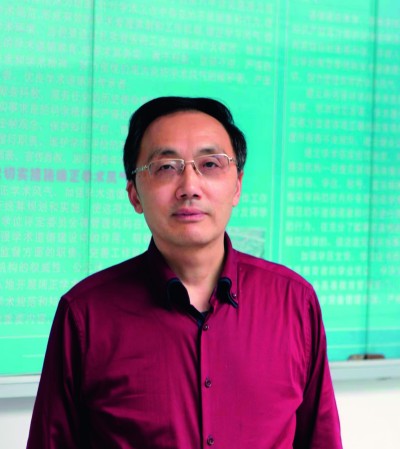
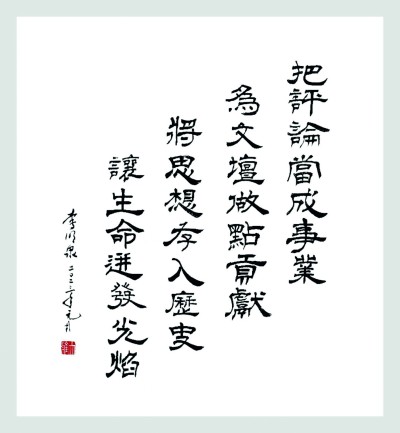
Chinese Literary Critics: LI Mingquan
Inside Back Cover
Review of Members of China Literature and Art Critics Association: Gansu Literature and Art Critics Association
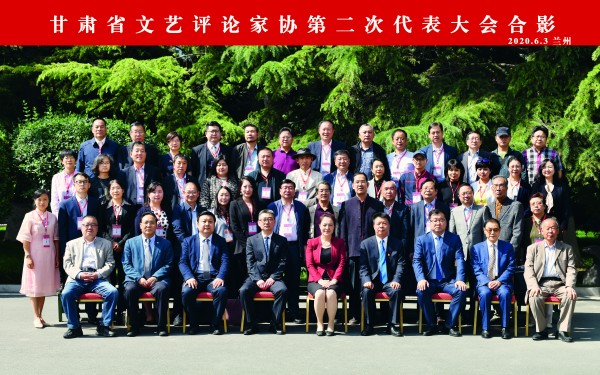
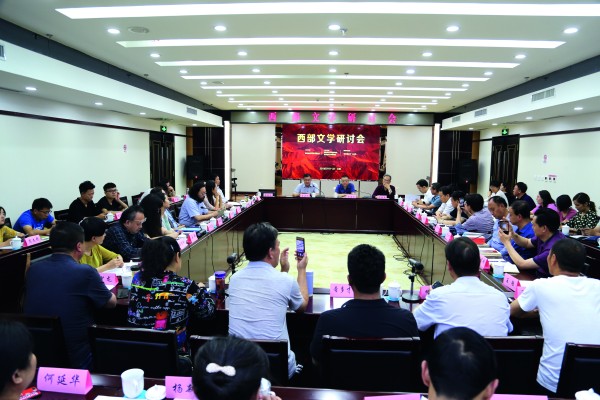
Back Cover
The Poster of the 2022 Suzhou Forum:Contemporary Art Review "Live in the New Era"
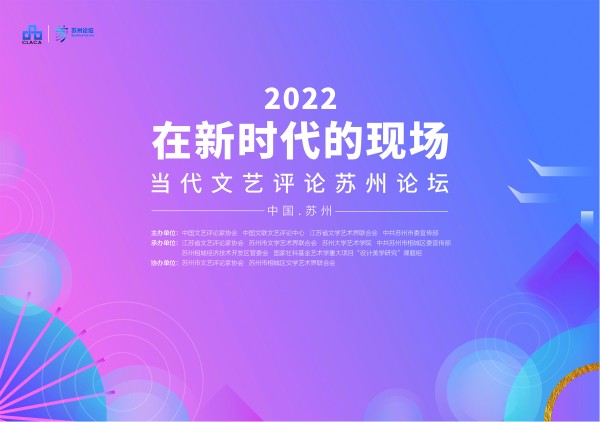
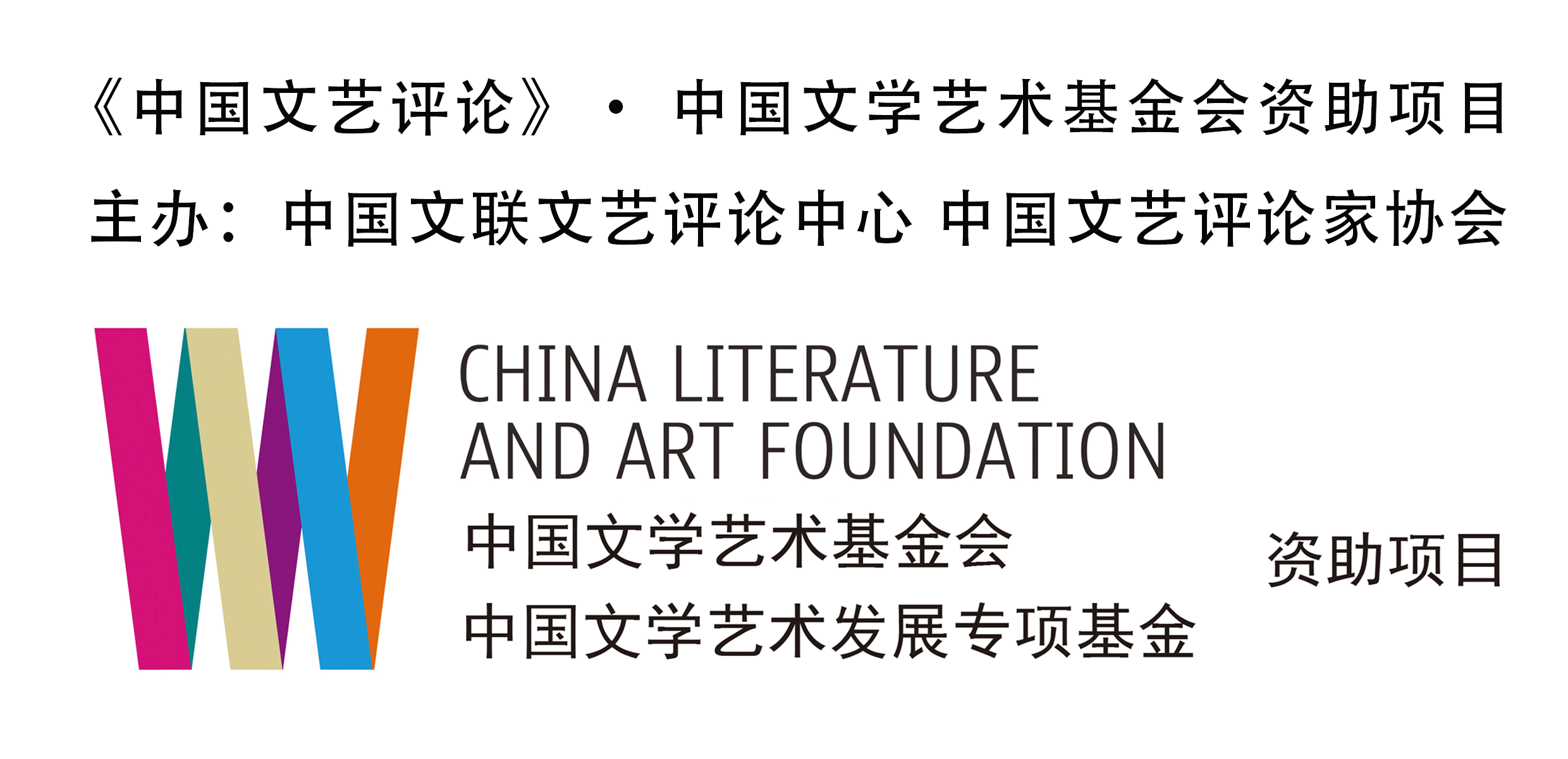

中国文艺评论网
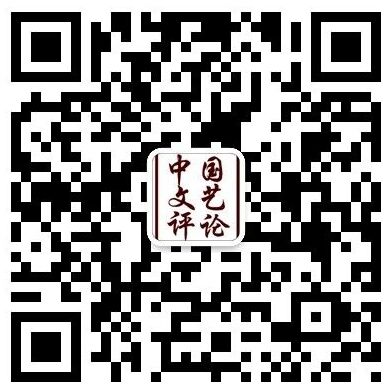
“中国文艺评论”微信公号

“中国文艺评论”视频号